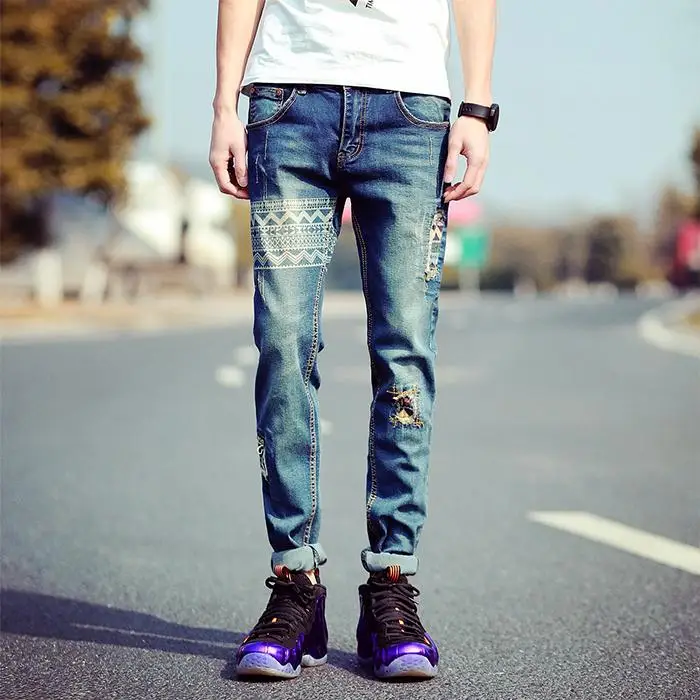The History of Men's Low Rise Jeans
Low rise jeans, also known as hipsters, have been a popular style for men since the early 2000s. These jeans sit lower on the waist than traditional styles, giving wearers a trendy and modern look. However, the history of men's low rise jeans dates back much further than you might think. In this article, we'll explore the evolution of this iconic style and its enduring popularity.
The Origins of Low Rise Jeans
The origins of low rise jeanscan be traced back to the 1960s and 70s, when bell-bottoms and flares were all the rage. These styles were typically worn with high-waisted tops, creating a distinct silhouette. However, as the 80s and 90s rolled around, the trend shifted towards straight-leg jeans and looser, baggier fits.
It wasn't until the early 2000s that low rise jeans began to make a comeback. This was largely due to the influence of pop stars like Justin Timberlake and Britney Spears, who were frequently spotted wearing low-slung denim on stage and in music videos. This sparked a trend among young people, and low rise jeans quickly became a must-have item.

The Rise of Low Rise Jeans
Low rise jeans, also known as hipsters, were a trend that took the fashion industry by storm in the early 2000s. They became a ubiquitous part of men's fashion by the mid-2000s, thanks to their versatility and the fact that they could be dressed up or down depending on the occasion. Brands like Levi's, Diesel, and True Religion all offered their own take on the trend, and fashion-conscious men couldn't get enough.
One of the primary reasons for the popularity of low rise jeans was their flattering fit. They accentuated the hips and created the illusion of longer legs, making them a favorite of many men. However, not everyone was a fan of low rise jeans. Some critics argued that they were impractical and could show the wearer's underwear. Others felt that they were too revealing and didn't suit all body types.
Despite the criticisms, low rise jeans continued to be a mainstay of men's fashion for many years. The trend evolved to reflect changing fashion trends, with skinny jeans becoming increasingly popular in the late 2000s and early 2010s. Low rise versions of this style were quickly adopted by fashion-forward men, and were often worn with ankle boots and tailored jackets.
Today, low rise jeans are still a popular style among men of all ages, though they may not be as ubiquitous as they were in the early 2000s. They can be found in a variety of washes and colors, and can be worn with everything from sneakers to dress shoes.
In conclusion, low rise jeans have had a lasting impact on men's fashion. They became a trend in the early 2000s and quickly became popular among fashion-conscious men. Despite the criticisms, they remained a mainstay of men's fashion for many years and are still a popular style today. Low rise jeans are proof that fashion trends come and go, but some styles have lasting power.
The Evolution of Low Rise Jeans
Over time, the style of low rise jeans has evolved to reflect changing fashion trends. In the late 2000s and early 2010s, skinny jeans became increasingly popular, and low rise versions of this style were quickly adopted by fashion-forward men. These jeans were tighter and more form-fitting than their baggier predecessors, and were often worn with ankle boots and tailored jackets.
Today, low rise jeans continue to be a popular style among men of all ages. While they may not be as ubiquitous as they were in the early 2000s, they are still a staple of many men's wardrobes. They can be found in a variety of washes and colors, and can be worn with everything from sneakers to dress shoes.
Low rise jeans have come a long way since their humble beginnings in the 1960s. While they may not be everyone's cup of tea, they have certainly had a lasting impact on men's fashion. Whether you love them or hate them, there's no denying that low rise jeans are a style that will always be associated with the early 2000s.


评论
发表评论